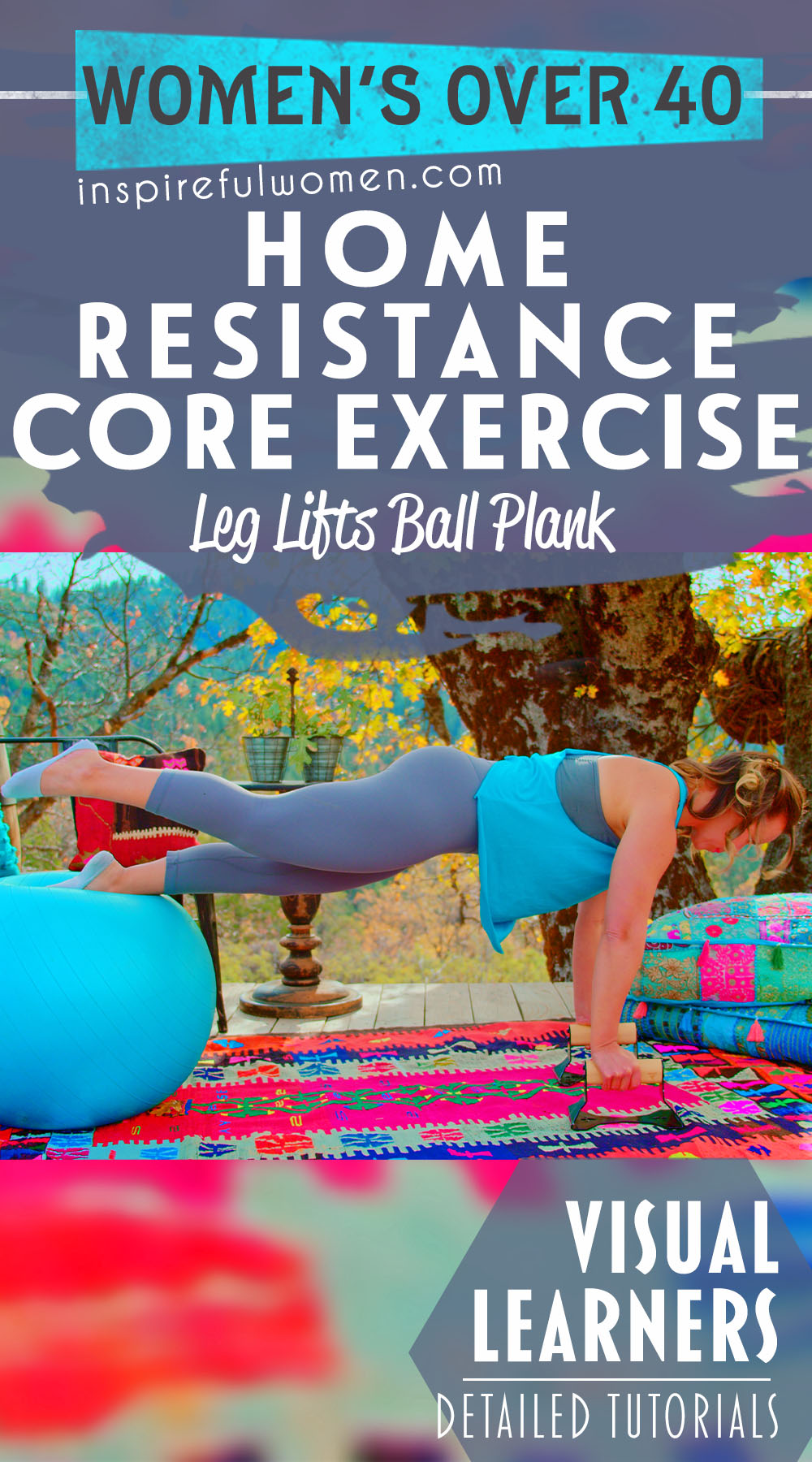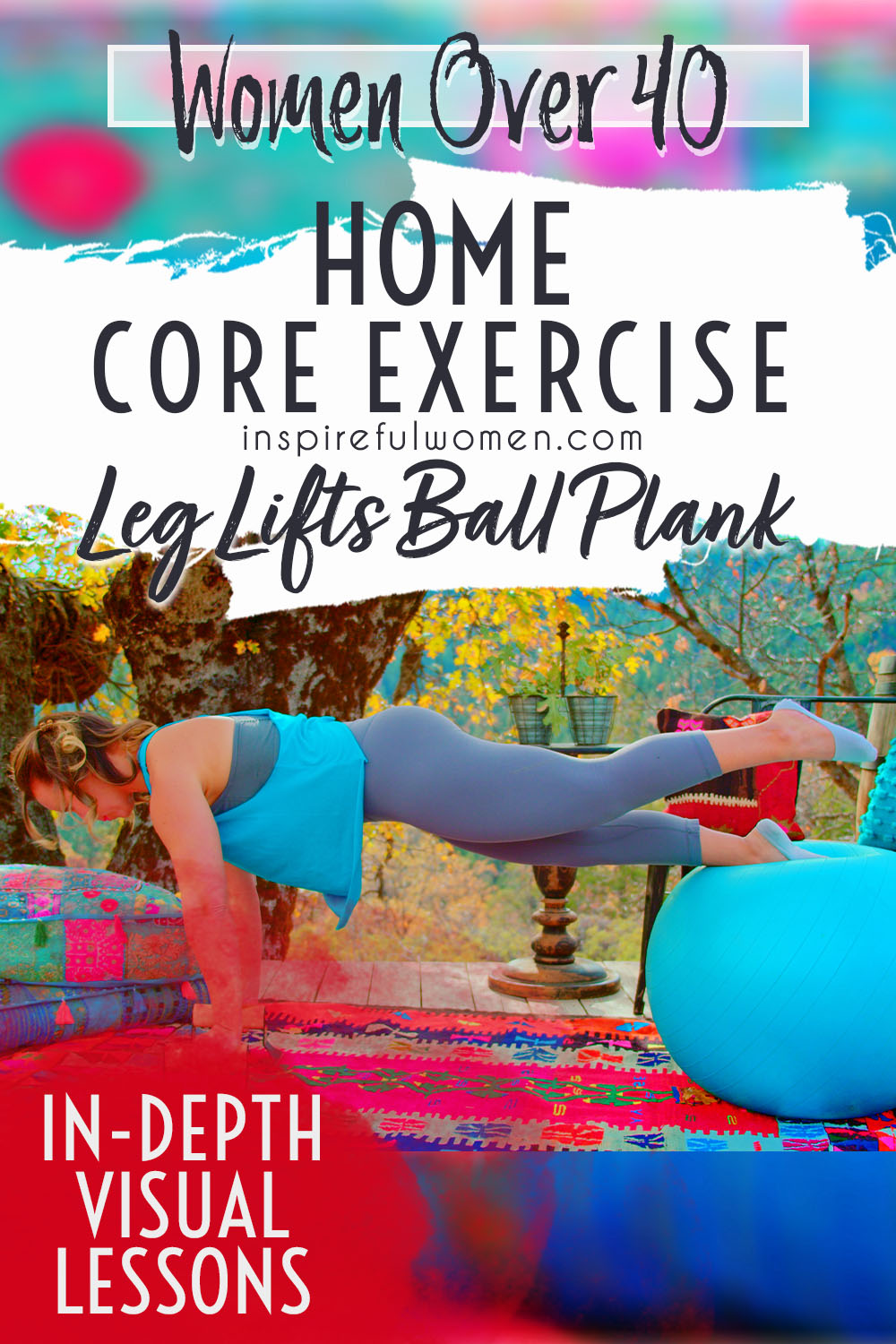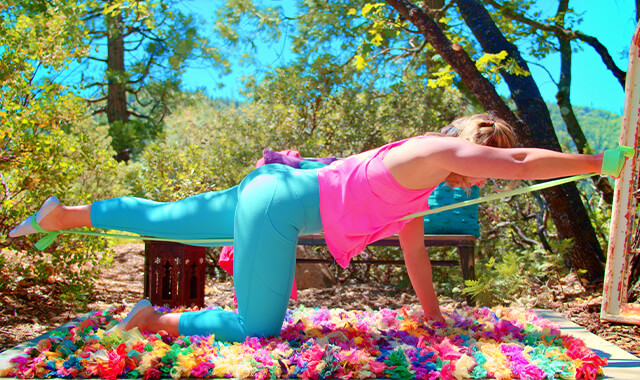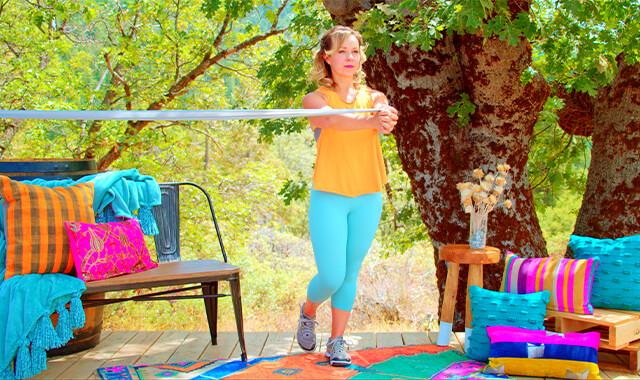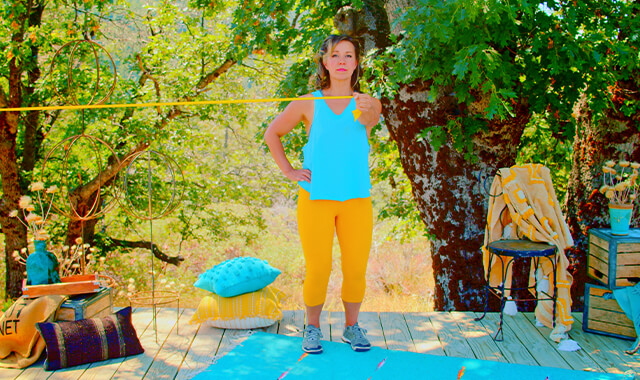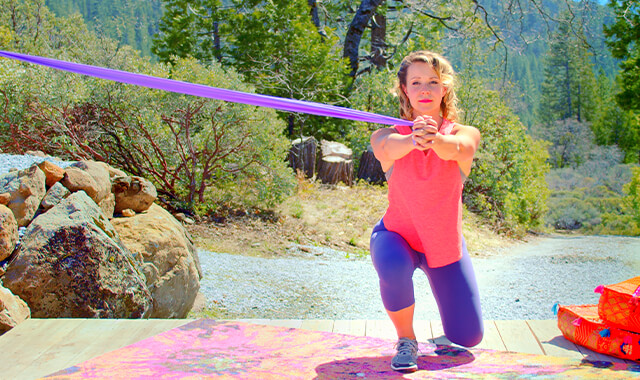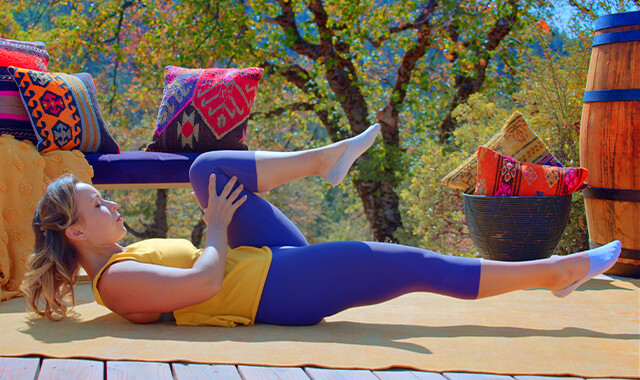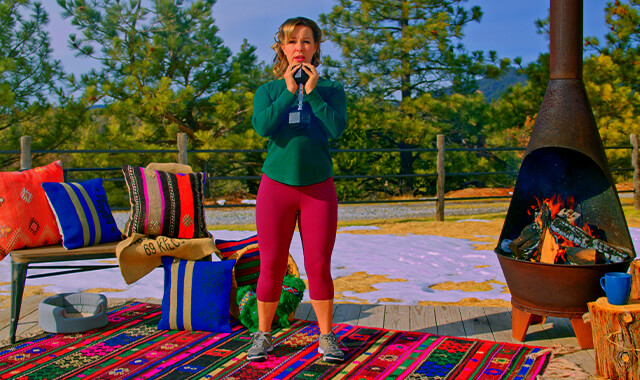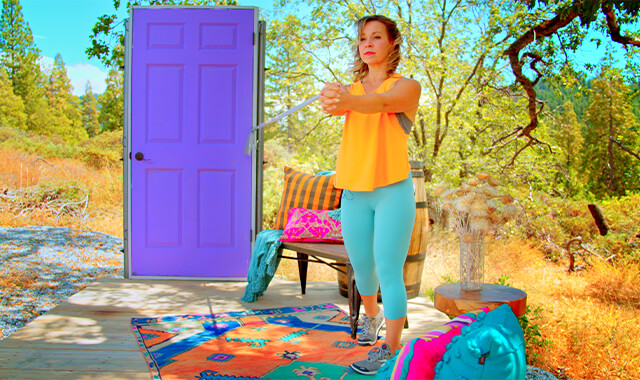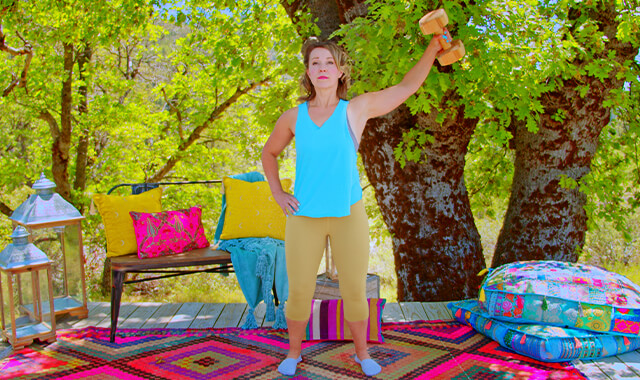Ball Plank with Leg Lift (face down)
How to Do the Prone Ball Plank with Leg Lift | In-Depth Guide [VISUAL LEARNERS] Intermediate
Proper Form | Home Resistance Training
WHAT DO YOU WANT TO SEE?
QUICK DEMO
QUICK DEMO
MUSCLES THIS WORKS
MUSCLES
MAIN MUSCLES WORKED IN Ball Plank with Leg Lifts
LOTS OF CORE MUSCLES - SEE BELOW
transverse abdominis, obliques, quadratus lumborum, rectus abdominis, pelvic floor, erector spinae, multifidi, iliopsoas, gluteals.
OTHER MUSCLES WORKED:
- Latissimus Dorsi
- Mid and Lower Traps
- Rhomboids
- Pectorals
- Serratus Anterior
- Deltoids
- Biceps
- Triceps
- Forearm Muscles
STARTING POINTERS
Starting Pointers
WHAT WE'RE DOING TODAY
Other names for this exercise: Stability Ball Plank with Hip Extension
ALL WE'RE DOING:
While holding a plank with our feet on the ball, lift one leg.
This is a progression after mastering the Stability Ball Plank. Stability Ball Planks with leg lifts paired with clean eating can help you achieve a flat tummy. This ball plank variation can tone and strengthen your core muscles while you hold your torso still as one leg is lifted up off of the ball. This does three things:
1) makes you less stable - only one leg is in contact with the ball so you will have to work harder to keep steady;
2) the leg lifts up, working the large buttock muscle (gluteus maximus) of that side and having to stabilize the torso as the weight of the leg is moving up;
3) adds rotation to the exercise, one leg moves backward so the core muscles, specifically the obliques, will have to prevent the pelvis and spine from rotating.
Speed (slower is harder), or the number of repetitions are not important. It is more beneficial to do one good leg lift on each side than it is to do ten bad ones. An easy way to start doing this exercise is to just add a couple of leg lifts to your ball planks. Or before or after jackknifes.
For this exercise, starting with the feet closer together makes it easier to lift a foot. Only lift an inch off of the ball to begin, with a focus on keeping the pelvis level as the leg lifts up.
Start out by only doing as many reps as you can do with good control. Work up to 2 sets of 8. Once you can complete 1 set of 8 reps on each side, progress to alternating leg lifts.
HOW TO DO THE EXERCISE
LOOKS
HOW Leg Lifts Ball Plank SHAPE OUR BODY
Nice, confident, upright posture. Controlled, graceful movement. Flatter stomach, toned midsection.
PROPER FORM
PROPER FORM: Leg Lifts Ball Plank
EQUIPMENT, SETS & REPS
EQUIPMENT
Stability ball
SUGGESTED STARTING WEIGHT FOR WOMEN:
None.
SETS & REPS:
Work toward 1 set of 8 -10 Reps on each side
PACE:
Lift and lower the leg with slow control.
BODY POSITION
BODY POSITION FOR Leg Lifts Ball Plank
Place the stability ball on the floor and kneel behind it. Lean over and place your hands and chest on the ball. Push yourself forward with your feet. Continue rolling the ball forward until your hands are on the floor. Continue to move your hands forward, moving your torso forward off of the ball. Continue moving forward until the lower shins or tops of feet are on the ball.
BODY STANCE: Neutral spine (includes cervical). Your body should be in one straight line - earlobe - shoulder- hip - knees - ankles, and parallel to the floor. Gently Engage the abdominals, if you can also activate your pelvic floor muscles it will help stabilize the spine.
ARMS: Arms straight down, the elbows soft.
HANDS: Hands under shoulders. Palms on the floor, fingers facing forward
LEGS: Legs are together, straight, and energized. Toes pointed
HOW TO DO
HOW TO DO Ball Plank with Leg Lifts
CUE: The goal is to control your leg movement - both lifting and lowering - avoid dropping your leg back down to the ball.
Keeping your spine in neutral, lift one leg up off of the ball.
Lift your leg about 2 or 3 inches. Be mindful of keeping your low back and pelvis still.
Lower your leg back to the ball.
Repeat for the desired number of reps, or until you are unable to continue with good form.
HOW TO SAFELY GET OUT OF THE EXERCISE
Lower both legs to the ball. Walk your hands back until your feet touch the floor. Continue to push the ball forward under you until your knees are on the floor. Push up to standing.
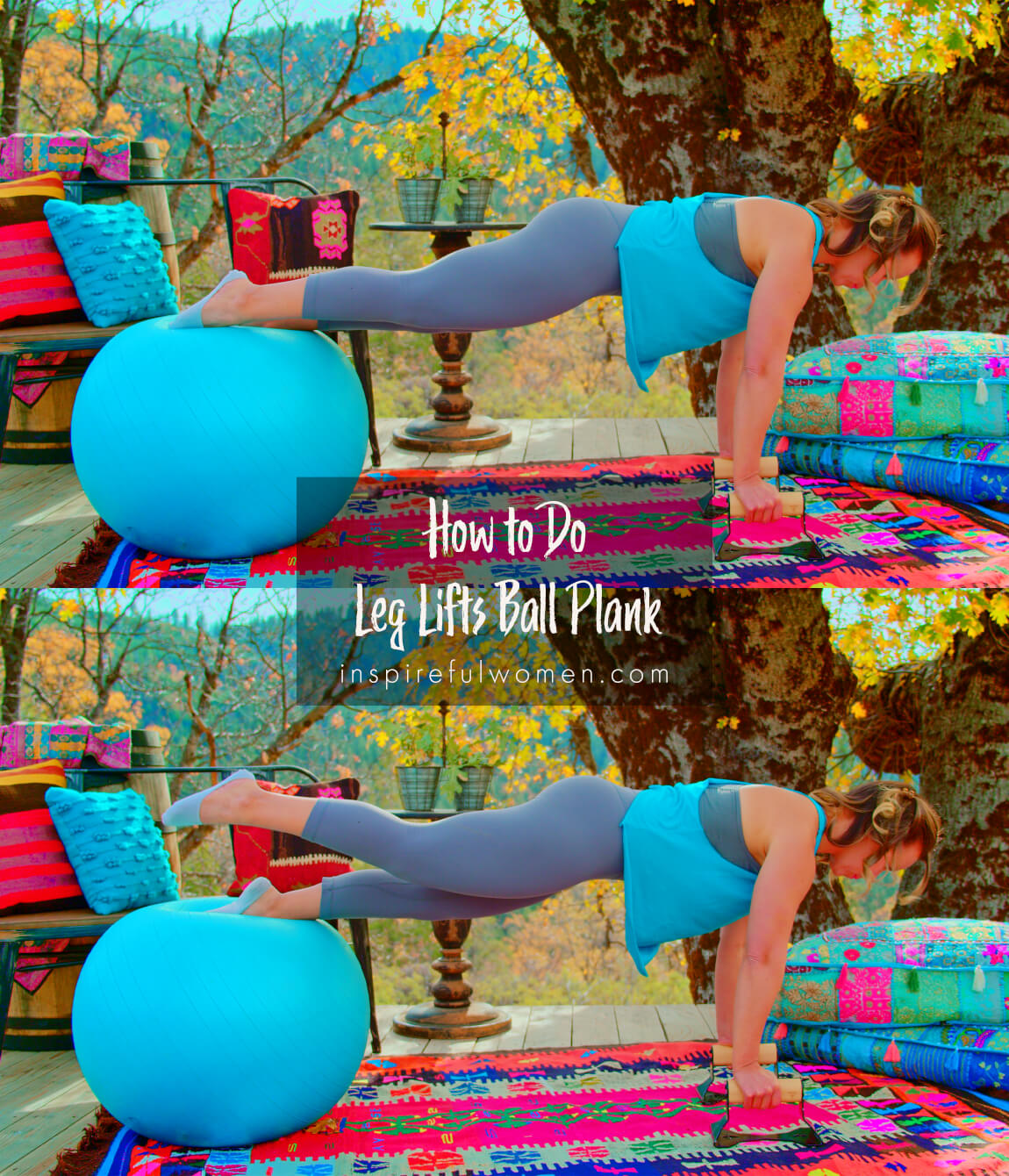
WHAT WE'RE DOING TODAY
WHAT & WHY
BENEFITS OF TRAINING THE core MUSCLEs
WHAT
FREQUENT, EVEN DAILY, CORE WORK IS TOTALLY A THING
Many exercises for some muscles you only want to do every 2-3 days, giving your muscles time to heal and rebuild in between. But the nice thing about working the core is that these are endurance muscles, they are designed to work at a low level for a long time - basically all day long. This means that you can do core exercises every day. Adding a few core exercises to your daily routine can really pay off
WHY BOTHER DOING IT?
WHY
WHY DO WE EVEN CARE?
FULL BODY EXERCISE
Stability Ball Planks are a full-body workout - targeting a lot of different muscles at the same time. They can be used to strengthen the core, shoulders, and arms, and to challenge coordination, stability, and balance. That makes them a good choice if you have a limited amount of time. Including full-body exercises is more functional because they improve coordination, body awareness, and control.
CORE MUSCLE STRENGTH IS THE FOUNDATION OF HEALTHY MOVEMENT. KIND OF LIKE CHOCOLATE IS THE FOUNDATION OF BROWNIES. NO CHOCOLATE, NO BROWNIES. NO CORE STRENGTH, NO HEALTHY MOVEMENT.
The main focus of stability ball planks is strengthening the core muscles. Having a strong core is the foundation of healthy movement. The core has also been called the pillar of strength or the powerhouse. If you want strong and healthy arms and legs, it is important to have a strong core to support them. Stability ball planks are a fun way of achieving that.
PSYCHOLOGICALLY SATISFYING! FEEL LIKE A ROCKSTAR OVERNIGHT
One of the best things about the ball exercises is that you tend to see progress pretty quickly. This is an interesting phenomenon. I think it comes from the fact that balance and motor control is more about mental control than physical strength. This is exciting because it means that you don’t have to actually grow the muscle to feel the improvements, you just have to practice.
The more you use the stability ball, the quicker your brain will learn how to move on it, you will most likely feel more confident on the ball within 3 -4 exercise sessions. Which of course makes you feel like you’re an overnight success. None of this 6 months to see improvements stuff! Just kidding, of course that’s part of our workout program too. But this is a wonderful quick-win feeling. We all need those “I’ve obviously made major progress” moments sometimes!
GRAVITY IS A WONDERFUL THING- HOW TO MAKE YOUR CORE WORK HARD WITHOUT WEIGHTS OR BANDS.
When we are upright with good posture, the muscles of the core are not very active - that is the beauty behind the design of the spine. When all of the vertebrae are stacked up and aligned properly, the muscles don’t have to do much work and the body can conserve energy. As soon as we move our legs or arms, the muscles become more active. If we lean forward or backward, gravity will pull down on our heads and upper body and the muscles become even more active. Planks put the body into a horizontal position where gravity really has an effect - just getting into this position and holding it is very demanding on the core muscles. This is easy to feel when you are in a plank.
PROTECT YOUR BACK. OR HELP YOUR BACK IF IT’S ALREADY HURTIN’.
Strong and healthy core muscles are needed to keep upright and to prevent damage to your spine, and even the rest of your body. The main job of the core is to hold us up. Anytime that we are not being supported by something, like a bed or chair, our core muscles are working to hold us upright.
The muscle activity increases as soon as the weight of the head is no longer directly over the spine. So if you lean forward, the weight of your head starts to pull your torso forward, The core muscles work to prevent you from falling. The muscles also move each individual vertebra to keep them all properly stacked and aligned. Between every two vertebrae, there is a disc and two small joints on the side. There are also two small passages where the nerves exit from the spinal cord and travel to the different areas of the body. If the vertebra moves too much it can lead to injuries to the ligaments, discs, joints, and nerves.
Most low back pain is due to too much movement between the vertebrae. The muscles need to help stabilize the vertebra and also absorb shock from the lower body to protect all of these structures. Back and neck pain are a huge problem, leading to disability and loss of independent living. Learning safe exercises that train the core muscles to move in the healthiest way possible can help to prevent joint damage and prolong independence.
HOLD ON TO THAT BONE MASS (IT’S A THING OVER 40)
Another benefit of stability ball plank exercises is that you are weight-bearing through the arms - not many exercises require that you put a lot of weight through the arm bones. Loading the bones in this way will stimulate bone growth, making the bones stronger. Weight-bearing exercises are frequently used for prevention or as a treatment for osteopenia or osteoporosis (low bone density).
Exercises that are done with the arms or legs in weight-bearing will stimulate the proprioceptors more - these are receptors in the joints that send information to the brain to tell the brain where the limb is in space. Proprioception (the awareness of where the body is in space) is important for motor control, coordination of movement, and balance.
EVERYDAY LIFE
EVERYDAY LIFE &
MUSCLE FUNCTION
HOW WE USE OUR core MUSCLES IN EVERYDAY LIFE
1. THE CORE MUSCLES WORK ALL DAY LONG TO HOLD US UPRIGHT DURING ALL DAILY ACTIVITIES:
- Sitting
- Standing
- Walking
- Lifting
- Pushing
- Pulling
- Carrying
- Pushing a wheelbarrow
2. THE CORE MUSCLES HOLD THE SPINE STILL WHILE USING THE ARMS OR LEGS:
- Washing windows
- Kicking a ball
- Reaching
- Climbing stairs/ladder
- Stepping into/out of a high car/truck
- Running
- Golf
- Painting overhead
SCIENCY STUFF
SCIENCY STUFF
SPIFFILICIOUS FACTS ABOUT MUSCLES & MOVES
All of the muscles of the core work together to stabilize the spine. The muscles include the erector spinae and deep back extensors: (semispinalis, multifidi, rotatores, interspinalis and intertransversarii. The back extensors can extend (bending backwards) the spine, or control or prevent spinal flexion (bending forward); The quadratus lumborum muscle can side bend the spine, or prevent or control sidebending, The internal and external obliques can flex and rotate the spine, or prevent or control rotation and extension of the spine. The rectus abdominis flexes the spine and controls or prevents spinal extension. The transverse abdominis muscle is the deepest abdominal muscle, it wraps around the entire abdomen in the transverse plane (horizontally) like a corset. The function of the transverse abdominis is to compress and stabilize the abdomen.
The iliopsoas muscles originate on all of the lumbar vertebrae and attach on the top of the femur. The primary function of these muscles are to flex the hip (lift the thigh as in marching), the secondary function of the muscle is to stabilize the pelvis
The muscles of the back and abdomen work at low levels intermittently when standing upright. They become more active when the body is no longer vertical, and gravity pulls the torso into flexion, side bending, or extension.
The main function of the muscles of the torso is to protect the spine from excessive movement. Too much movement in the spine can lead to injury or damage to the joints of the spine, or the nerves that exit between the vertebrae. These muscles work any time we are in an upright position: standing, sitting, running, walking. The muscles become more active when on an unstable surface, and when we are moving the arms or legs.
ALLLL MUSCLES & WHEN
ALL MUSCLES WORKING & WHEN DURING Leg Lifts Ball Plank
The core muscles work together to stabilize the torso in a plank: extensor spinae, deep spinal extensors (semispinalis, multifidi, rotatores, interspinales and intertransversarii, quadratus lumborum, obliques, rectus abdominis, and transverse abdominis). The hip muscles work to hold the pelvis level: iliopsoas, adductors magnus, brevis, and longus, gracilis, gluteus maximus,medius, and minimus, hamstrings, and the quadriceps femoris.
The scapular, back, and arm muscles (rhomboids, mid and lower traps, serratus anterior, pec minor, latissimus dorsi, teres major, deltoids, biceps, triceps, muscles of the forearm, and rotator cuff), work together to stabilize the upper body as the legs move.
One leg is lifted up to the back (extension) by concentric contraction of the gluteus maximus with some help from the hamstring (minimal because the knee is straight so the muscle is shortened at the knee joint). When the leg leaves the ball, the quadriceps of the support leg (non working) becomes more active to hold all of the weight. The pelvis on the side of the lifted leg will want to drop down as it is no longer being supported by the leg. The internal and external obliques work to hold the spine in neutral, the hip external rotator of the support leg will be active to prevent the pelvis from dropping.
As the leg lifts up, the abdominals (rectus abdominis and transverse abdominis) contract to prevent the low back from moving into extension with the leg.
The gluteus maximus and hamstrings work eccentrically to control the downward pull of gravity as the leg lowers back to the floor.
PIN IT FOR LATER!
